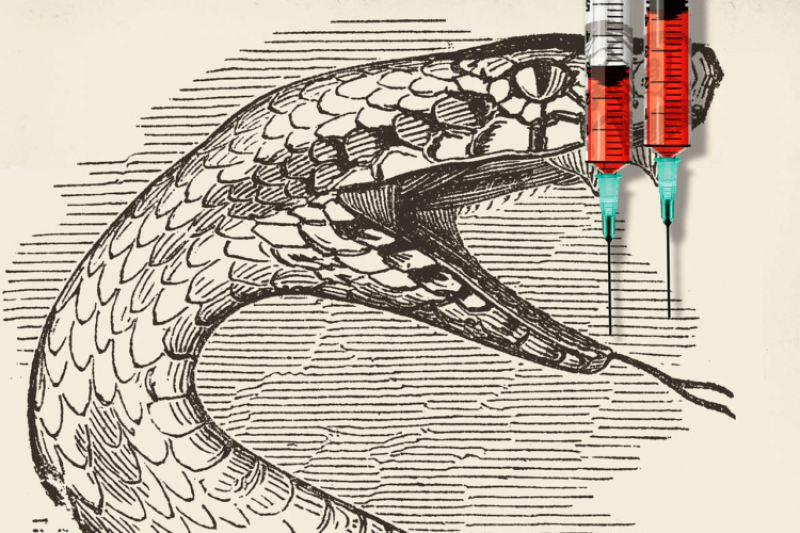Scientists estimate that there are more than 220,000 venomous species, ranging from jellyfish to mammals. That’s 15 percent of Earth’s animal diversity.
That astonishing biodiversity is paralleled by chemical diversity, too. Venom isn’t a single molecule. It’s a complex cocktail of peptides and enzymes that disrupt the physiology of another organism, says Helena Safavi, a biochemist at the University of Utah and the University of Copenhagen. Some of the most complex venoms in spiders and cone snails can have thousands of components.
You would probably never use an entire venomous mixture in medicine, Safavi says. “But because it’s such a complex mixture of things, we can go and look at the individual components that, when they’re given as an individual entity, they can be therapeutic.”
Perhaps one of the most out-of-the-box ways to use venom in medicine is to treat cancer. Blazing the trail for venom-based cancer treatments is Mandë Holford, a marine chemical biologist based at the City University of New York Hunter College and Graduate Center and the American Museum of Natural History.
The logic is this: Cancer cells overexpress some cellular channels. Holford’s team identified a compound in the venom of auger snails, a close relative to cone snails, that blocks one of these channels. When it’s injected into tumor-bearing mice, it inhibits liver cancer proliferation and tumor size. For the most part, the treatment spares non-cancerous cells, so it could even alleviate the slate of side effects of traditional chemotherapy, according to Holford.































